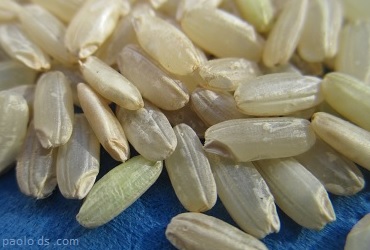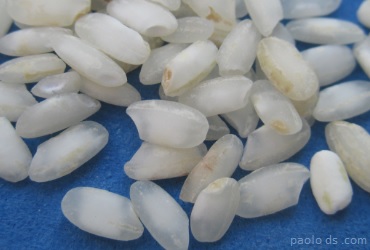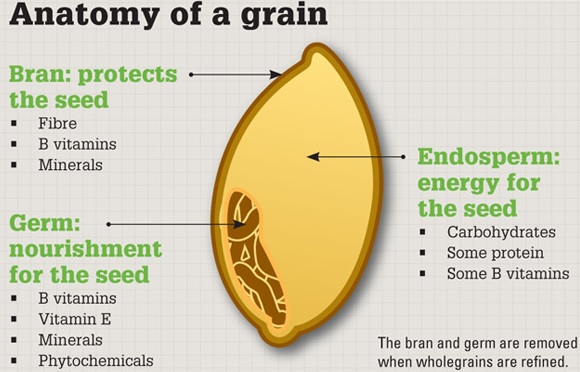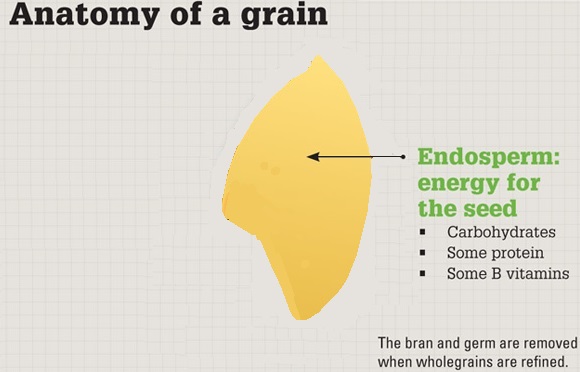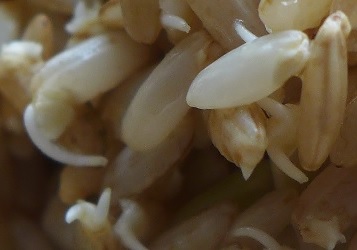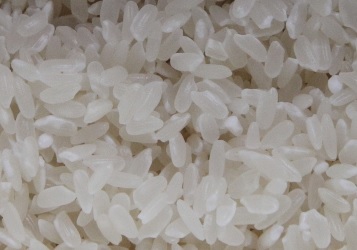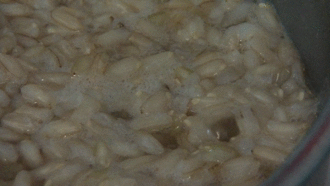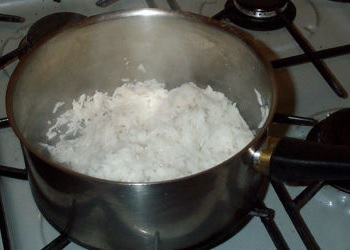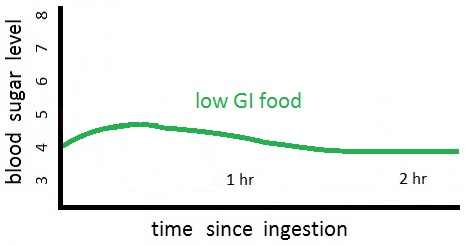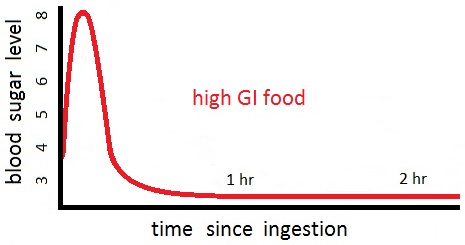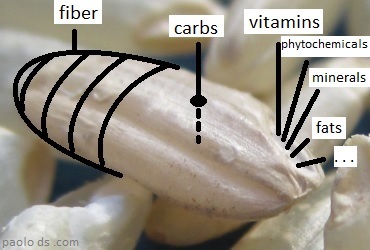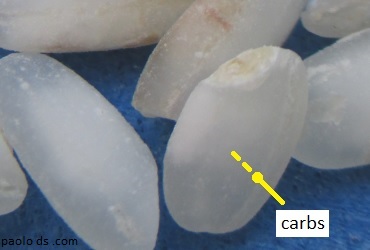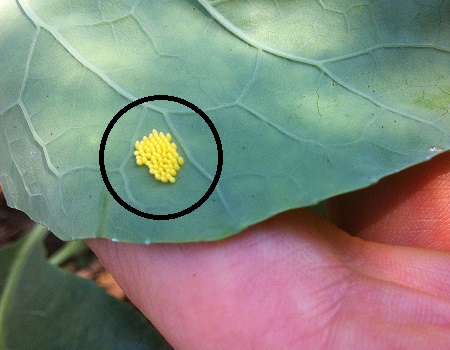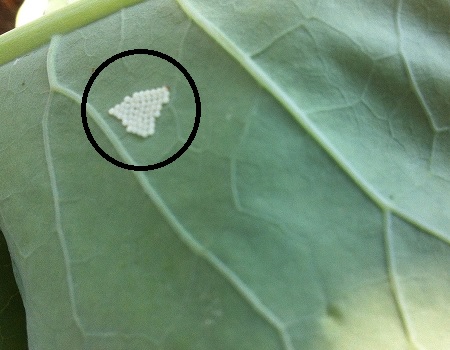In this past week, that I spent in Barcelona, I did a little trip out of town with my friend Cristina. We went to the monastery of Montserrat and I really loved it! There was a fresh air scented of resin up there, and a stupendous wiew on the mountain with these particular cylindric rocks. Inside the monastery was the statue of the Virgin, that everybody aimed to touch to express a prayer. It’s a really beautiful place, go if you have the chance. In the meanwhile, up here is the video-report of my trip.
old videos – da caricare
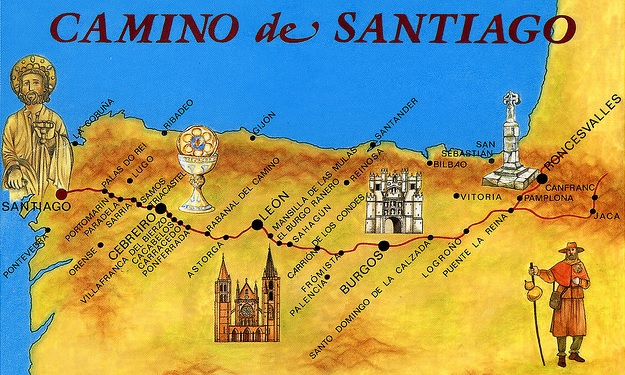 Then yesterday, while I was in the plane returning to Italy, I started an interesting conversation with a couple sit beside me, approximately of the age of my parents. She casually mentioned that they were returning from the pilgrimage to Santiago, and it was curious that I read the pilgrimage by Coelho just the week before, otherwise I wouldn’t even have known what she was talking about.
Then yesterday, while I was in the plane returning to Italy, I started an interesting conversation with a couple sit beside me, approximately of the age of my parents. She casually mentioned that they were returning from the pilgrimage to Santiago, and it was curious that I read the pilgrimage by Coelho just the week before, otherwise I wouldn’t even have known what she was talking about.
I told them I was actually surprised: when I read the book I figured that the pilgrimage was an “ancient” thing, that in modern days almost nobody would cross by foot the north of Spain, from the Pyrenees to Santiago. I was wrong! Not only they just made it in 35 days (as they explained me, the duration varies according to each pilgrim’s strength), but they also told me that there are spefic stations for the pilgrims along the way, where they can sleep and eat at “pigrim prices”, like 5 euro. And they said those stations were crowded!
Tired but clearly happy for the experience, the woman explained me that these hostels for the pilgrims headed to Santiago are very spartan: when you’re lucky you have a room where you sleep with other 2, 4 pilgrims… but sometimes there are huge dorms with even 100 other pilgrims. In some cases there are common showers for men and women!
For the husband, it was the third time he completed the pilgrimage, while his wife did it for the first time. They walked for hours every day, and she even fell once and hit her head. This explained the scar in the forehead, but she showed it to me with a philosophical smile. I saw some of their pictures, heard few stories about the small towns they crossed, I guess they had a very fascinating experience. It’s definitely a big commitment and it requires stamina, but who knows, maybe I’ll do it too one day!
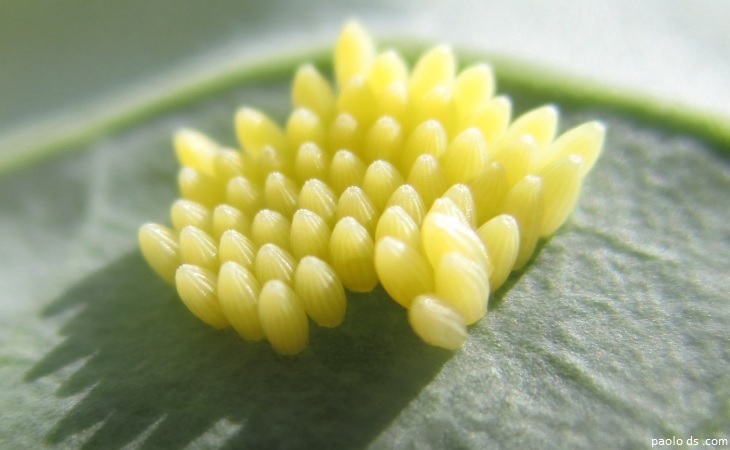 The epic battle between team De Santis (my father and I) and team Pieris Rapae (the butterflies that everyday try to lay their eggs on our broccoli plants) is still very much in progress.
The epic battle between team De Santis (my father and I) and team Pieris Rapae (the butterflies that everyday try to lay their eggs on our broccoli plants) is still very much in progress.
